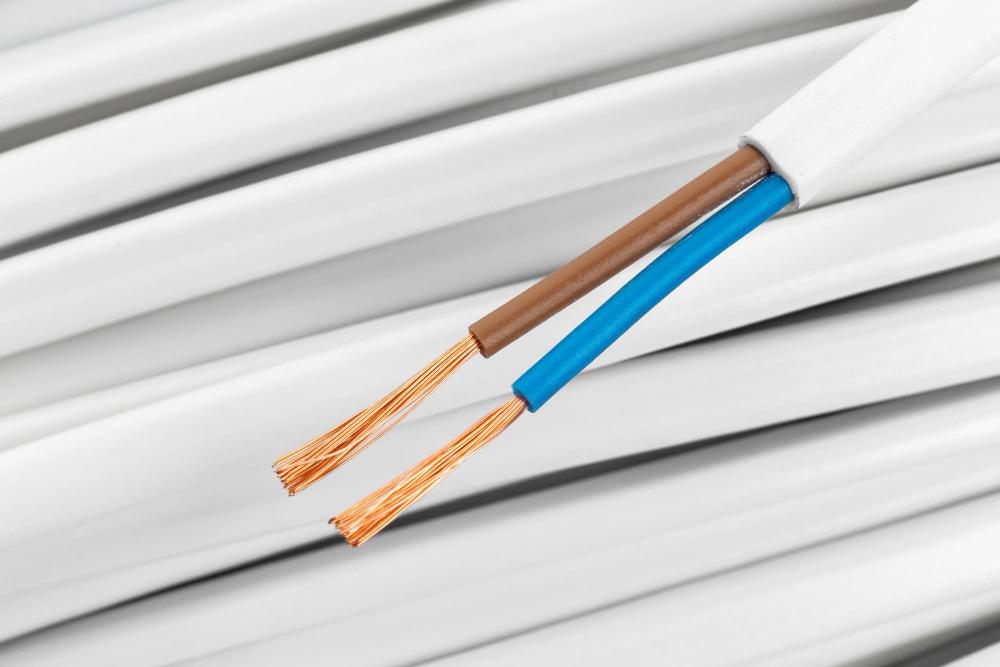Removing drywall is a common task in home renovations and repairs. However, the challenge arises when there are electrical wires hidden behind the walls. Accidentally cutting through or damaging wiring can be both dangerous and expensive to fix. That’s why it’s crucial to know how to remove drywall without damaging electrical wiring. With over 20 years of drywall experience, I’ll walk you through practical, expert tips to ensure you avoid any damage during the drywall removal process.
In this comprehensive guide, we’ll dive into the step-by-step process of removing drywall safely, focusing on avoiding electrical wiring damage and minimizing risk.
Why Electrical Wiring Behind Drywall is a Concern
Before learning how to remove drywall without damaging electrical wiring, it’s important to understand why electrical wiring poses such a risk during drywall removal. Electrical wires are typically run behind walls to power outlets, light switches, and other fixtures. Depending on the home’s age, these wires might be in various locations and depths, which can be unpredictable.
Potential Hazards of Damaging Electrical Wiring
Accidentally hitting electrical wiring while removing drywall can cause several issues, including:
- Electrical Shorts: Cutting through wiring can cause the circuit to short, potentially damaging your electrical system.
- Fire Risk: Exposed or damaged wiring can spark and increase the risk of an electrical fire.
- Electrical Shock: If you cut through live wiring, there’s a risk of electrical shock, which can be life-threatening.
For these reasons, it’s critical to approach drywall removal with caution, especially if you’re unsure where electrical wiring might be running behind the walls.
Tools You’ll Need to Remove Drywall Without Damaging Electrical Wiring
The key to removing drywall without damaging electrical wiring is to use the right tools. Here’s a list of the tools you’ll need to get the job done efficiently and safely:
1. Stud Finder with Wire Detection
A stud finder with built-in wire detection is essential for locating both studs and any electrical wires running behind the drywall. This tool helps identify the general areas where wires may be located.
2. Utility Knife
A sharp utility knife allows you to score the drywall along the seams and edges, reducing the risk of cutting into wires with more aggressive tools.
3. Drywall Saw
A small, handheld drywall saw is useful for cutting larger sections of drywall, but it should only be used in areas where you’re sure there are no wires behind the wall.
4. Hammer and Pry Bar
A hammer and pry bar is helpful for gently removing the drywall after it’s been cut. The key is to pry the drywall away from the studs carefully, minimizing the risk of disturbing any wiring.
5. Voltage Tester
Before you start, it’s important to ensure that no live wires are present behind the wall. A voltage tester can quickly check whether the circuits are live.
How to Remove Drywall Without Damaging Electrical Wiring (Step-by-Step)
Now that you have the necessary tools, let’s walk through how to remove drywall without damaging electrical wiring step by step. This process is designed to help you work methodically and avoid potential hazards.
Step 1: Turn Off the Power
Safety first! Before you start removing drywall, you must turn off the power to the room or section of the house where you’re working. Go to your electrical panel and switch off the circuit breakers that control the area you’ll be working in. This step ensures that if you do accidentally hit any wires, there’s no risk of electric shock.
Step 2: Locate the Wires
Before making any cuts, use your stud finder with wire detection to locate any wires that may be running behind the drywall. Mark the areas where wires are detected with painter’s tape or a pencil. This gives you a clear indication of where to be cautious as you begin cutting into the drywall.
Step 3: Score the Drywall Along the Seams
With a utility knife, carefully score the drywall along the seams or where the panels are joined. Avoid cutting too deeply, as wires may be routed close to the surface of the drywall. Scoring the drywall allows you to gently pry it away without creating large cracks or dust clouds.
Step 4: Cut Along Marked Sections Carefully
In areas where you’re sure there are no wires, use a drywall saw to cut through the drywall. For sections where wires have been detected, stick to using a utility knife to make shallow cuts. Take your time, applying minimal pressure to avoid accidentally cutting into wires behind the wall.
Step 5: Remove the Drywall Gently
Once the cuts are made, use a hammer and pry bar to gently lift and remove the drywall panels. Start at the edges and work your way inward, keeping an eye out for any hidden wires as the drywall pulls away from the wall studs. If you encounter resistance, check for wiring or fasteners that may be holding the drywall in place.
Step 6: Inspect for Wires Behind the Wall
As you remove sections of drywall, always inspect behind the wall for any wiring before proceeding with further cuts. If wires are present, carefully cut around them or use a pry bar to lift the drywall away from the studs without disturbing the wiring.
Additional Tips to Avoid Damaging Wiring During Drywall Removal
While the step-by-step guide covers the basics of how to remove drywall without damaging electrical wiring, here are some additional tips that will further reduce the risk of damage:
Use a Flashlight to See Inside the Wall
After removing small sections of drywall, use a flashlight to look inside the wall cavity. This can help you spot any wires that might be hiding further back in the wall.
Cut Smaller Sections at a Time
Instead of removing large sections of drywall all at once, cut and remove smaller pieces. This allows for better control and reduces the chance of accidentally hitting a wire.
Use a Drywall Router for Precision Cuts
A drywall router is a tool that allows you to make precise cuts around objects like outlets and wires. It’s especially useful for areas where you know electrical wiring is present but need to make an opening or remove a section of drywall.
Check Local Electrical Codes
If you’re working in an older home, it’s a good idea to check local electrical codes to understand how wiring is typically routed in homes from that era. This can give you a better idea of where to expect wires to be located behind the walls.
What to Do If You Encounter Damaged Wires
Even when taking precautions, there’s always a chance of accidentally hitting a wire during drywall removal. If you do encounter damaged wires, here’s what to do:
- Stop Immediately: Do not proceed with any further work until the electrical issue is addressed.
- Turn Off the Power: If the power is still on, turn it off immediately at the breaker.
- Call an Electrician: If you’re not experienced with electrical work, it’s best to call a licensed electrician to repair the damage and ensure the wiring is safe before proceeding with drywall removal.
Conclusion
Knowing how to remove drywall without damaging electrical wiring is essential for any home improvement project. By using the right tools, taking necessary safety precautions, and working methodically, you can safely remove drywall without the risk of damaging the wires behind it. Always remember to turn off the power, use a stud finder to locate wires, and work carefully to minimize the chances of an accident. Whether you’re renovating a room or tackling a repair, these tips will help you complete the job safely and efficiently.
With these steps in mind, you can confidently take on your drywall removal project while avoiding the stress and expense of damaged electrical wiring.

